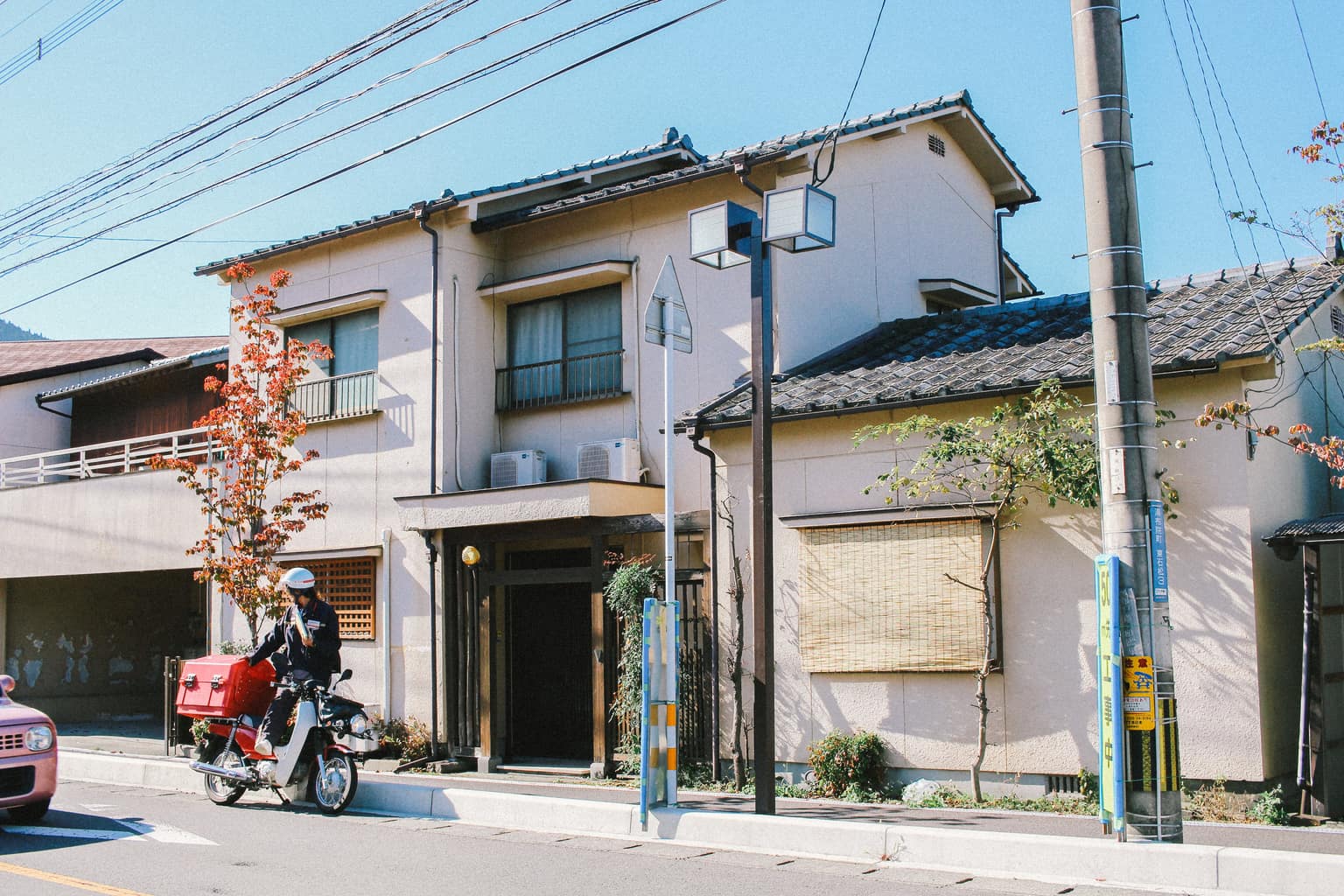Learning a foreign language — especially Japanese — can sometimes be a frustrating experience. Not knowing where to begin or hitting a plateau can feel demoralizing and make it hard to hit the books and study like you know you should. Sometimes just getting out of a rut can help unlock the urge to learn. In the past we’ve covered a few different language learning tips, including using toilet humor as a tool, and now we’ve come up with five more unconventional ways to kick your studies into gear.
1. Learn from your neighbors

Many houses display the surnames of their residents at the main gate or door. It’s a good way of practicing your kanji reading skills, as common names will crop up repeatedly and make it easy to commit them to memory. You may occasionally run into surnames that are harder to decipher. In those cases, take a note and look it up when you get home.
2. Read books for kids
View this post on Instagram
Drop by your local library and borrow some children’s books. Most books for younger children will be entirely in hiragana (great for beginners) and have lots of pictures to help figure out what’s going on in the story. Books aimed at elementary school kids, especially non-fiction or history books have plenty of furigana (a Japanese reading aid that shows a kanji character’s reading) along with the kanji, making them easy to look up. For more advanced students who aren’t quite ready to take on a full novel, so-called light novels aimed at middle schoolers and high schoolers can be both entertaining and assist with more complicated sentence structure studies.
3. Learn as you commute

Remember what we just said about being a nosy neighbor? Now, do the same when you commute. Most stations in Japan will have their names written in kanji, hiragana (or katakana) and alphabet, so a single train ride can have you learn several kanji at the very least. Try not looking at your phone, but instead out the window the next time you get on the train — you’ll see that this actually works!
4. Karaoke

There’s nothing like memorizing a set of phrases to level up both your singing and speaking skills. Depending on your genre of choice, you can broaden your vocabulary quite a bit. Enka’s slow-paced melodies are easy to follow and 90% of the vocabulary is heartbreak-related (this is not an accurate statistic), which could be useful. It’s also a good entryway to some old school Japanese song culture and will undoubtedly impress your Japanese friends — even if you’re a terrible singer. It’s all about the emotion.
5. Talk to yourself (or to a pet)
View this post on Instagram
This works best when at home and not out in public, for obvious reasons. Learning a language isn’t just a mental exercise, it’s a physical one that also affects the muscles in your face. To wrap your tongue around new words and their pronunciation you have to literally give your mouth a workout. Shadowing is great, but try creating conversations with yourself as practice for the real thing. Pets are good listeners and don’t really care if you get it wrong at first.
6. Take a class

… but not a Japanese language class. Try out yoga, give martial arts a go, or brush up on your painting skills. By learning a new skill alongside new vocabulary you get a two-for-one deal. It also creates an opportunity to meet new people and improve your skills as you talk with them about a common interest, instead of forcing topics unnaturally.
What are some of your best Japanese language learning tips? We’d love to know!
This article was originally published on July 25, 2017. It was last updated on May 28, 2020.









